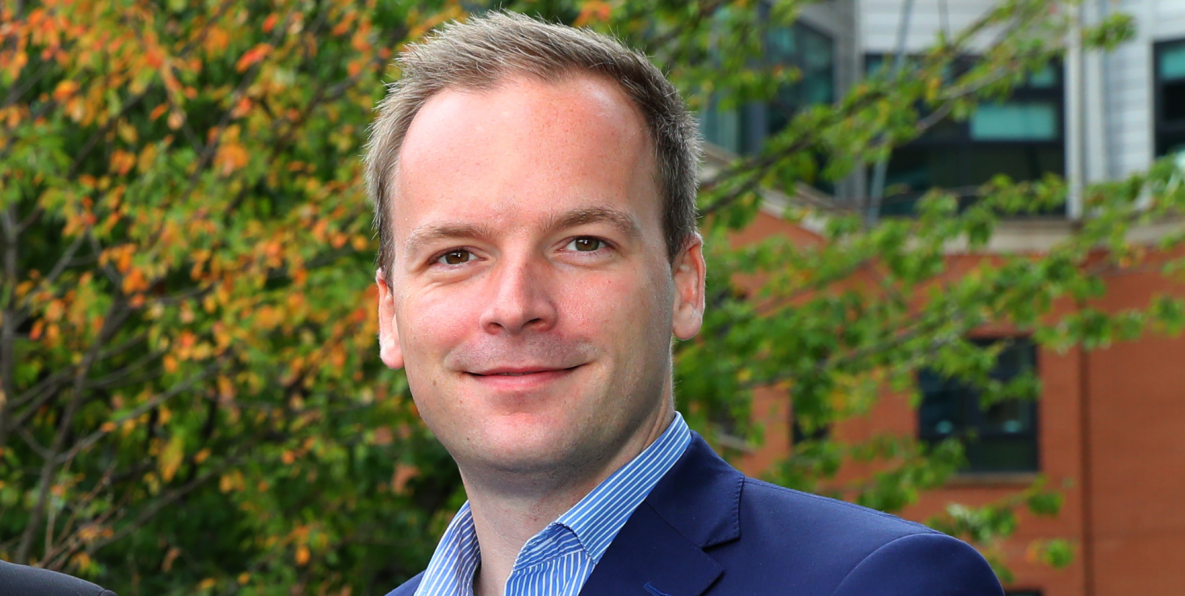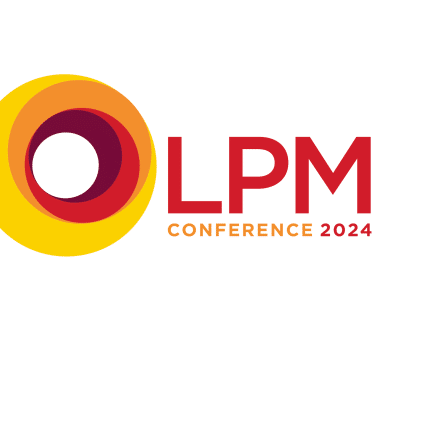
Harper James aims to double its growth by 2026. Here’s how
Ten years since it was founded, Harper James is on a mission to achieve £20 million in revenue by 2026. Its founder and CEO Toby Harper tells deputy editor Suzanna Hayek about this national commercial firm’s growth journey
While some law firms expand through acquisitions, Toby Harper, founder and CEO of Harper James, focuses on growing Harper James organically and without debt funding. In fiscal year ending September 2023, the firm grew by 42% and turned over £9.8 million, which is on the back of 35-45% year-on-year organic growth since its inception.
Harper qualified as a corporate lawyer at a boutique corporate and commercial firm and later worked in-house at a leading venture capital firm, where he witnessed the challenges startups and SMEs experienced in accessing quality legal advice. So in 2014, Harper founded Harper James with the aim to fill a gap in the market and provide a much needed flexible subscription based legal services model to support and enable startups and growth focused businesses with quality legal advice. He also wanted to create an environment he would want to work in himself and to offer others an altogether different culture to that of traditional law firms.
What’s unique about the way the firm is growing compared to traditional law firms is that just under 90% of all its clients are generated through the firm’s centralised sales, marketing and client services functions — unlike other firms that are “typically reliant on hiring senior lawyers who bring their following with them”, says Harper.
“We’re on track to reach our revenue target of £13.1 million this year and we’re looking to more than double our growth by end of fiscal year 2026, and I’m confident this is achievable given the traction and how things are working for us.”
Maintaining a healthy cash flow
- The firm has a centralised monthly billing process, says Harper. “Having worked in a traditional law firm where lawyers are responsible for billing, I know it can be arduous,” Harper says. To manage cash flow and avoid payment delays, it implements its own billing policies, particularly with larger clients who tend to settle invoices 30 days after receiving them. He continues: “We contract on our own terms because we want our cash flow to be good so we can invest in our growth.”
- In addition to being proactive with credit control and ensuring a smooth payment process, Haper James has direct debits with many of its clients, explains Harper. “It means we can not only control when we bill but also when we get paid.”
- With new clients, the firm requires money on account. “I wonder to what degree traditional law firms are taking enough advantage of the ability to hold money in a client account in particular situations to improve their cash flow dramatically,” he says, adding that his firm currently has good cash conversion and that its debt is much lower than industry standards.
“Investing in growth has had a measured impact on profitability, but generally speaking, the cash flow is strong, and we were never unprofitable which I know isn’t always the case in the legal space,” says Harper.
The firm operates affordable pricing plans, “particularly for people who sign up for the Enterprise plan for SMEs — with access to partner level lawyers for £145 per billable hour, which at a traditional firm could easily cost £400+. We’re recruiting lawyers from firms where they’d typically charge much more.”
How, then, does Harper James maintain profitability while offering affordable price plans?
The firm uses technology to streamline processes and reduce overheads, and the importance of using technology to maintain profitability is growing as it moves ahead with its plans.
Ensuring that investment is in the right place is pivotal, and that entails backing “high-quality lawyers to deliver great work by making their job as easy as possible so they can focus all their time on revenue-generating work.”
Harper James achieves a 99.8% recovery rate of what gets recorded as work done, billed and ultimately paid to the firm. Consistent charging models are essential — “making sure that everyone is doing the same type of work and charging the same for it”.
Traditional law firms often face inconsistency in pricing, notes Harper. Two lawyers in separate offices, handling similar cases for different clients, might charge different rates. While fixed fees offer advantages, implementing them requires firms to measure the work’s profitability accurately.
Balancing price increase with inflation
It may be challenging for smaller law firms to raise their prices due to a potential reluctance to justify the increase to clients, he says. However, in an inflationary environment, it can be necessary, and clients are likely to be more accepting when the reasons given are clear, proportionate, well-communicated and accompanied by evident investments in improvements to technology and services to clients.
Harper James’ success can be attributed to its unique approach to growing the business organically without debt funding, its focus on generating clients through sales, marketing and client services, and its emphasis on maintaining a healthy cash flow. By investing in high-quality lawyers, leveraging technology and implementing consistent charging models, Harper James has been able to offer affordable price plans while still ensuring profitability. With plans to double its growth by 2026, Harper James is poised to continue its success in the legal industry.



